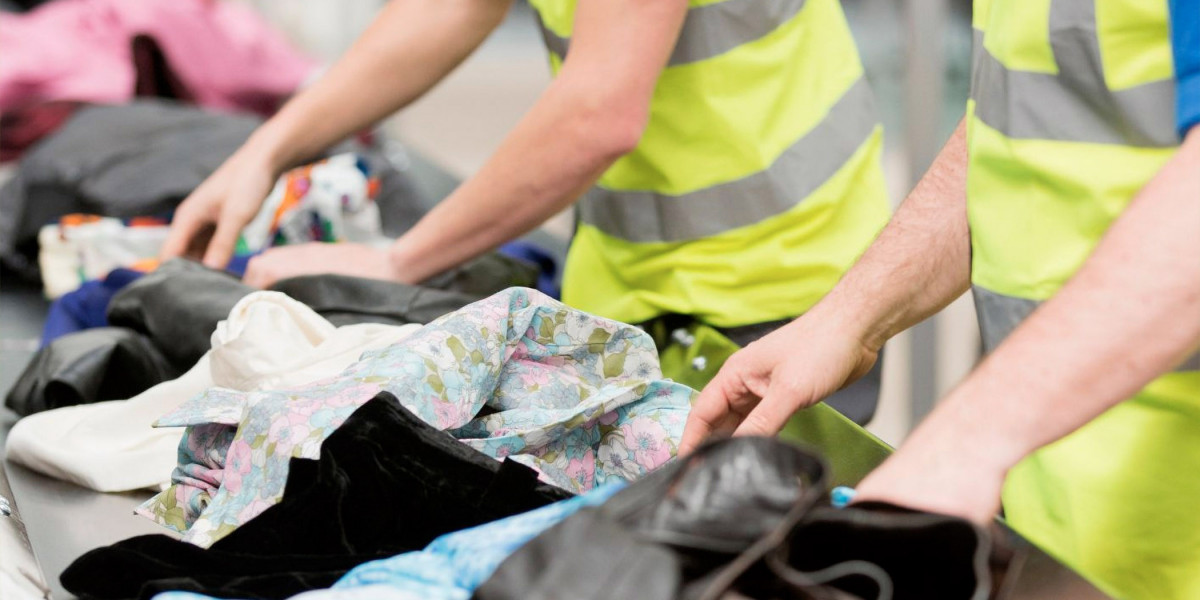Introduction
The rise of fast fashion has significantly contributed to the global textile waste crisis, making textile recycling an essential solution for mitigating environmental impact. The textile recycling market plays a critical role in addressing the excessive waste generated by the fast fashion industry, offering sustainable alternatives to the traditional linear consumption model. This article explores the relationship between fast fashion and textile recycling, highlighting the challenges and potential solutions.
The Impact of Fast Fashion on Textile Waste
Fast fashion brands produce high volumes of clothing at low costs, encouraging frequent consumption and disposal. Key issues include:
Increased textile waste due to rapid production cycles and low garment durability.
Environmental pollution from synthetic fibers that release microplastics into water systems.
High carbon footprint from energy-intensive manufacturing and global supply chains.
Challenges in Textile Recycling Due to Fast Fashion
Short Lifecycle of Fast Fashion Items
Cheap materials and poor quality lead to early garment disposal.
Consumers frequently discard clothes, leading to overflowing landfills.
Difficulties in Recycling Mixed-Fiber Textiles
Many fast fashion garments contain blended fabrics that are hard to separate and recycle.
Lack of efficient fiber-sorting technology makes recycling complex and costly.
Consumer Behavior and Lack of Awareness
Many shoppers are unaware of textile recycling options.
Overconsumption and impulse buying contribute to excessive waste.
Solutions and Innovations in Textile Recycling
Advancements in Recycling Technologies
Chemical recycling breaks down blended fabrics into reusable fibers.
Mechanical recycling processes natural fibers for reuse in new textiles.
Circular Economy Initiatives by Fashion Brands
H&M’s Garment Collection Program encourages customers to return old clothes for recycling.
Patagonia’s Worn Wear Initiative promotes clothing repair and reuse.
Government Regulations and Industry Standards
Extended Producer Responsibility (EPR) laws require brands to manage post-consumer waste.
EU and U.S. sustainability policies encourage brands to adopt eco-friendly practices.
Future Outlook: Creating a Sustainable Fashion Industry
As awareness of textile waste grows, brands, consumers, and policymakers must collaborate to:
Improve textile recycling infrastructure.
Develop sustainable materials and eco-friendly designs.
Promote responsible consumer behavior and slow fashion movements.
Conclusion
Fast fashion’s rapid production and disposal cycle pose significant challenges for the textile recycling market. However, with advancements in recycling technologies, industry-led sustainability initiatives, and stronger regulations, the market can play a vital role in reducing textile waste. Transitioning toward a circular economy is essential to ensuring a more sustainable and environmentally responsible fashion industry.








